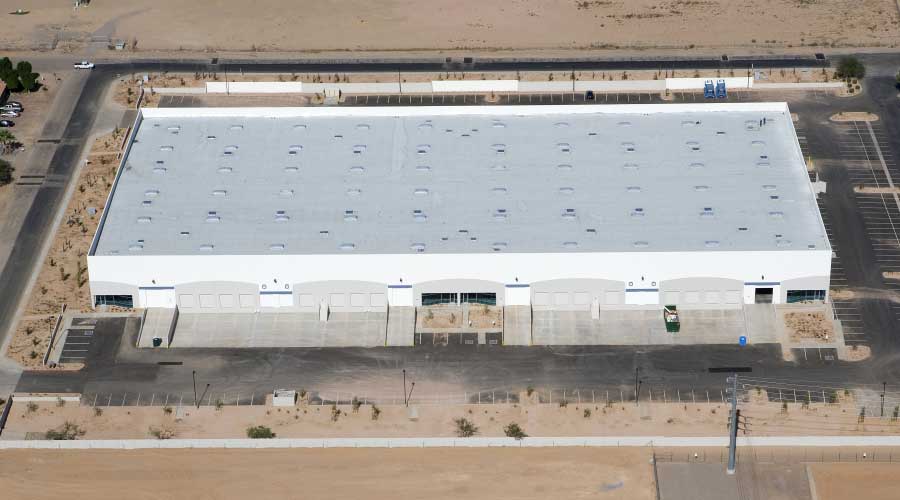Roof Coatings: Steps for Adhesion Tests
A facility's age does not create an impossible challenge for managers trying to meet the provisions of key programs, codes and standards requirements for cool roof coatings. For example, a 75-year-old museum in California achieved LEED-EB: O&M certification, in part, by recoating the existing roof with an SPF base and applying a white, solar-reflective, acrylic topcoat. Since the coating expands as it dries, it fills cracks, seams, and flashing joints to form an impervious coating. As a result, the system increased the museum's energy efficiency.
When specifying coatings, managers also need to consider the condition of the substrate and the coating application process.
For these reasons, besides checking a product's cool roof rating, managers also need to test it to ensure a high-quality result before committing to a non-compliant solution. Among the characteristics managers can choose to test for are adhesion, coating thickness, contaminants, discontinuity of the coating through missed or thin spots, humidity and atmospheric tests, and surface-preparation tests.
Adhesion testing provides a revealing example. In this test, installers apply a coating to a 6- by 6-inch test area, both with a primer and without, to determine if a primer is necessary, instead of simply applying the coating over the old substrate. The procedure for one adhesion test involves these steps:
- Clean and dry the test area.
- Repair the substrate. If rusted metal is present, remove the loose rust, and prime the area. If old, loose roofing or coating is present, remove it.
- Apply a layer that is 15 mils — 0.015 inches — thick on the prepared surface.
- Press a 2- by 6-inch, polyester, fabric strip onto the coated area, leaving a 2-inch tab to grip later.
- Apply another 15-mil coat on the test fabric to completely cover it, and dry for a minimum of three days. Longer drying time is better for a complete cure.
- After curing is complete, test adhesion by pulling up the fabric tab at a 90-degree angle from the surface.
Adhesion is good if some coating remains on the substrate when the test strip comes off. If pulling the tab results in exposing a clean substrate, the adhesion is weak, and the coating will not provide the required energy efficiency or sustainability.
Thomas A. Westerkamp is president of the Work Management Division with Westerkamp Group LLC.
Related Topics:













